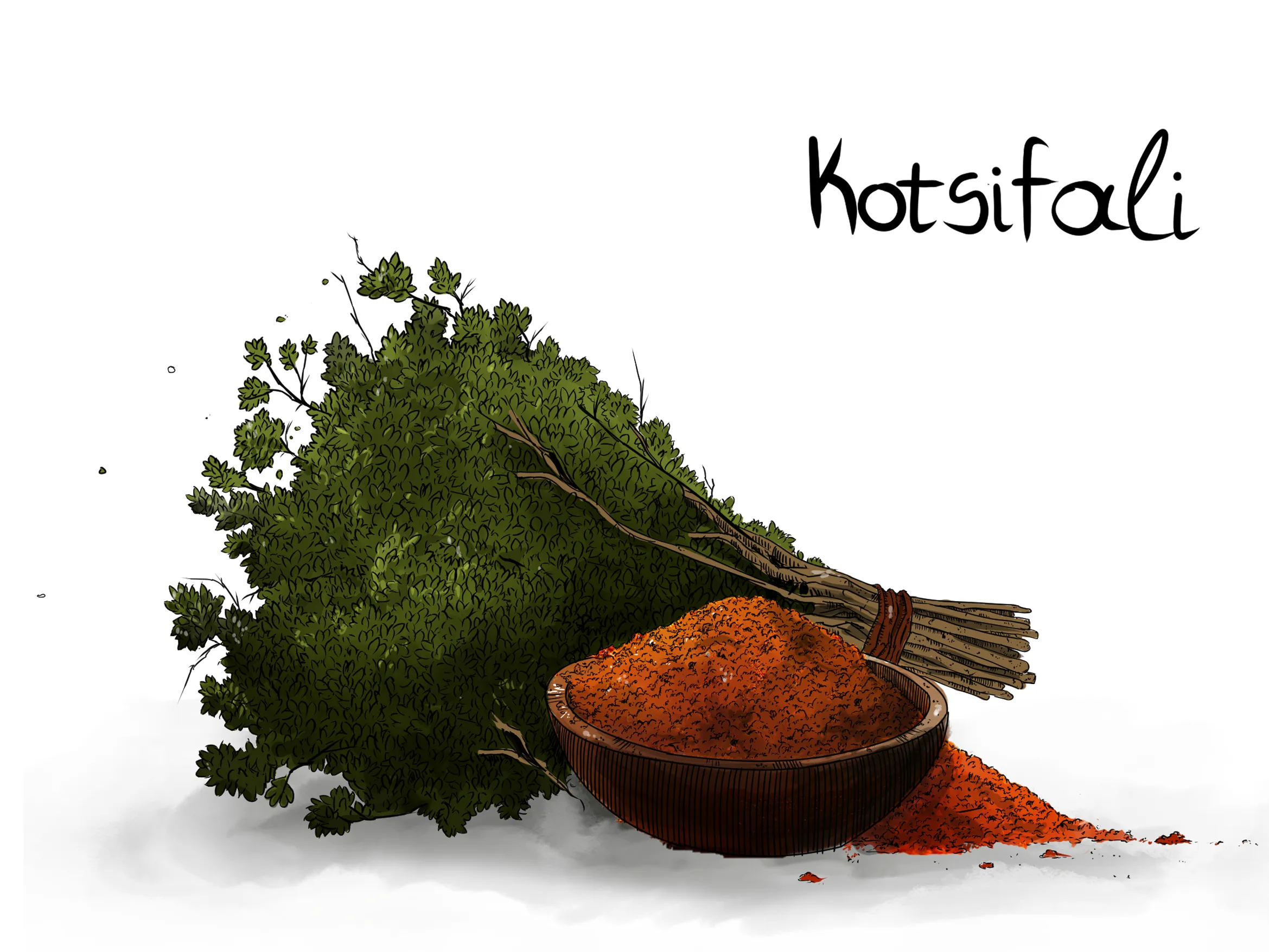
Kotsifali
By Yiannis Karakasis MW
At a glance
Κotsifali could probably be considered the alter ego of Mandilari, in the way Merlot is so considered for Cabernet Sauvignon in Bordeaux. It is grown mainly on Crete, where it is one of the most important red varieties. It makes wines that are not very deeply coloured and tend to turn a brick colour relatively quickly. It is widely planted, covering an area of 400 ha.
Subscribe to Continue Reading
This premium Greek variety profile is restricted. Subscribe to get access to all Greek varieties and unlock our complete library of expert insights.
- Email updates (1–2 / month)
- Access to free posts
- 1 featured article unlocked every month
- Special subscription offers
Aficionado
For enthusiasts and trade professionals who want full article access
Subscribe Now- Full access to all subscriber-only posts
- Full access to wine reviews and grape varieties sections
- Executive summaries for major features/reports
- Reliable, focused information on Greek wine, in an international voice
Aficionado Premium
For advanced readers, sommeliers & buyers needing deep documentation
Go Premium- Everything in Aficionado, plus:
- Full access to all Reports (6 to date)
- Access to approximately two new reports per year
- Executive summaries for major features/reports
- Reliable, focused information on Greek wine, in an international voice
Professional
For importers, retailers, restaurants, producers, and trade press
Get Professional- Everything in Aficionado Premium, plus:
- Publication rights for reviews and short tasting notes (up to 50 words)
- Article excerpt rights (up to 120 words, up to 3 excerpts/month)
- Priority support (email) for usage/attribution questions
- Mandatory attribution required with active link where possible
Already have an account?
Sign in here